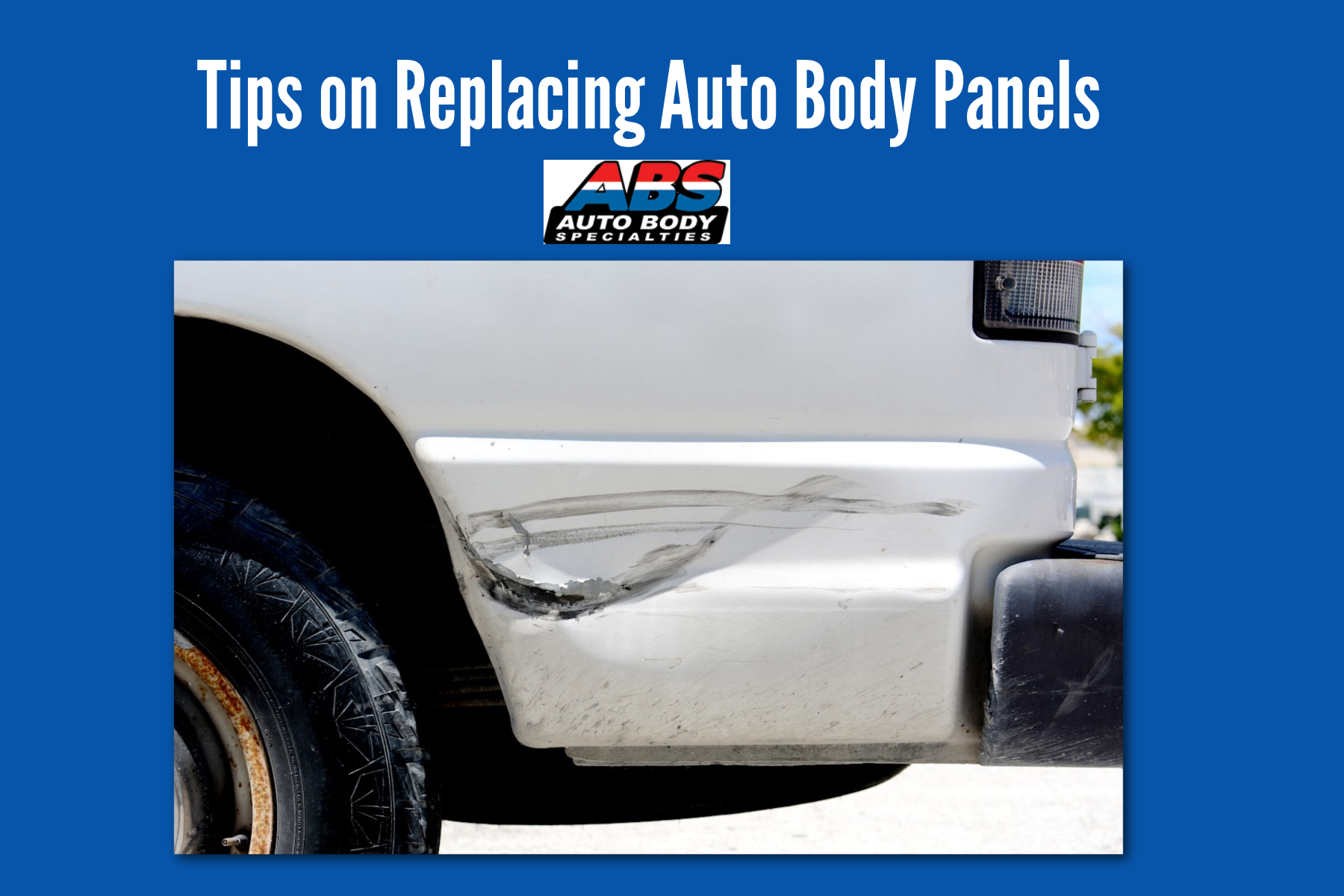
Body panels are one of the most common things that auto body technicians replace. Auto body panels are also one of our most popular products. Body panels are easy to replace but we wanted to offer some tips on replacing auto body panels. Most of the time body panels need to be replaced because of rust. There is usually a complex cutting and welding process and that is where errors occur. Follow our tips on replacing auto body panels to prevent these errors.
Make sure you can complete the task of changing out the auto body panels.
We often have people come in and purchase the replacement panels and then they realize that they do not have the tools to complete the job. The tools you will need to apply the replacement panels are an angle grinder with grinding and cutting discs, and a welder (mig, tig, or stick). You may need more tools, but these are usually the minimum. This may also change if you purchase a slip-on panel to go over an existing one. Slip on panels can be welded, riveted, or attached with a specialized adhesive.
Test and fit the parts before you cut them and install them.
Test fitting the panels before cutting and attempting to install them must be done to achieve an accurate fit. The easiest method for this is to clamp the replacement panel over the existing one to see where it will cover. Compare the new panels to the existing ones and make sure there are no major differences. If you clamp the new panel over the existing one, it will allow you to cut through both panels at once. This will provide an accurate and consistent template to cut and weld along.
Support the vehicle’s body.
Your vehicle body cannot twist while you are taking off the existing panels. Evenly supporting it from the frame should prevent this problem. Park your vehicle on a solid surface like a concrete slab. Place jack stands on each corner of the vehicle’s frame. Once the vehicle is level front to back and side to side, you can start your work on it.
Don’t damage the replacement panels.
Sheetmetal is very prone to damage, especially during the shipping and cutting process. Small scratches and a few dings are common and considered normal so don’t worry too much if you see them. When cutting the panel, the last thing you want to do is end up with a panel that is cut too short. If this happens you will have to patch the area where you cut too short. When you start the welding process, space the welds out as opposed to making one long continuous weld. Try to work in small sections while rotating around the panel. Starting the weld on one end and welding across the entire panel may cause the metal to warp from the heat.
 US Dollars
US Dollars
 CANADIAN
CANADIAN
